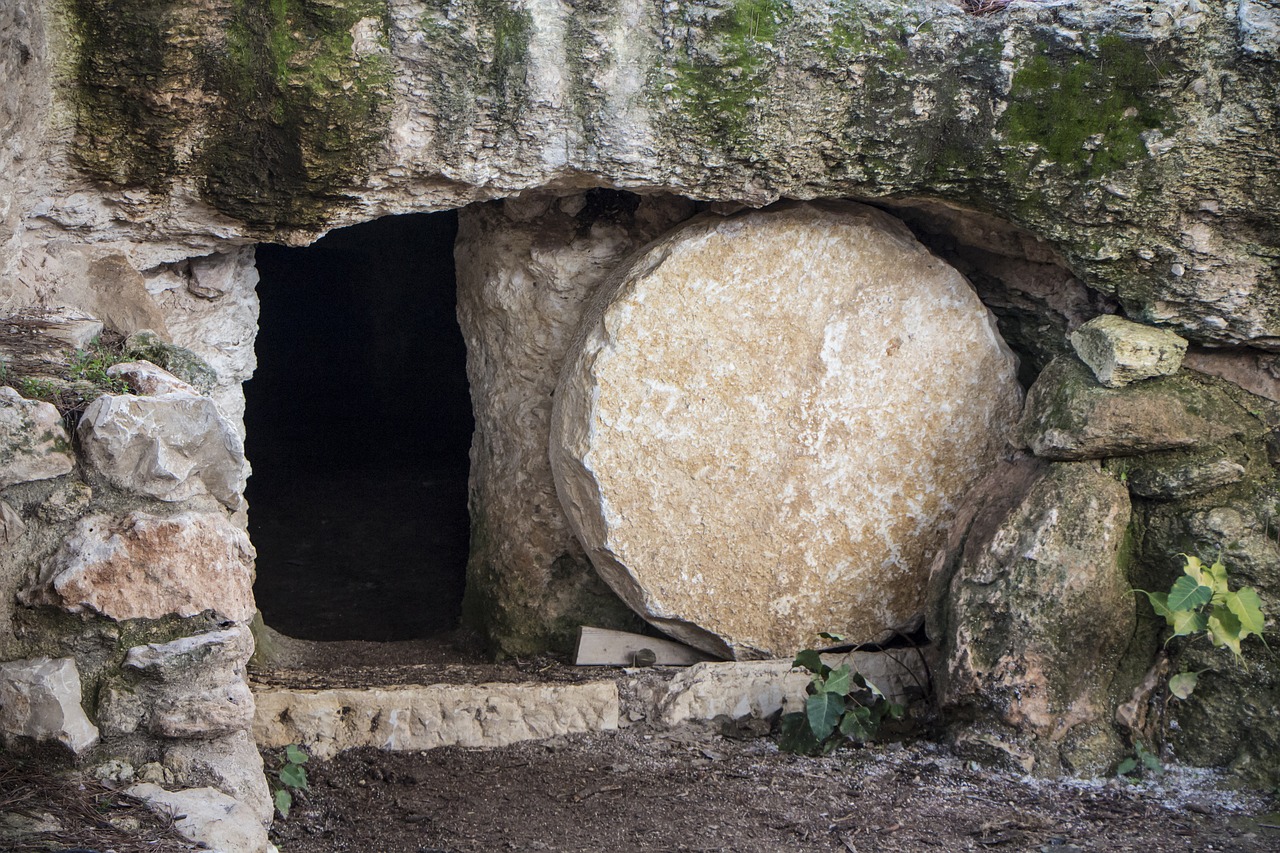4.8 Witnesses went to the wrong tomb

This theory expresses the women and the disciples went to the wrong tomb. The Wrong Tomb Theory was originally proposed in the early 1900’s, it’s also rejected by virtually every scholar. So how can we reach the same conclusion?
1. But even if it were the wrong tomb, this does not account for the belief in the risen Jesus appearances
2. The empty tomb convinced only John, no one else
Mary thought the gardener stole the body, she questioned him. The disciples were rather confused by the event, only John was convinced.
3. The church persecutor Paul converted based on the appearances of the risen Jesus, not the empty tomb
A stolen body/wrong tomb would be Paul’s assumptions as a Jew. This theory only offers to remove the empty tomb and not the other 4 historical facts we are using in our set of five.
4. James would not have been convinced by an empty tomb
Like Paul, James was convinced on appearance.
5. No sources report a wrong tomb theory
No sceptics use such an argument in the first few centuries. If it were the wrong tomb, then the Romans and Jewish leadership would have no problem showing off the corpse
6. The evidence suggests the tombs location was known.
A well known man, Joseph of Arimathea, a member of the Jewish Sanhedrin, buried Jesus in his own tomb. If this was an invention, we would expect critics to say Joseph denied such an act or denied the existence of Joseph at all. The critics in fact, spend all their time focusing the accusation of stolen body theory, not wrong tomb.
New Testament critical scholar John Dominic Crossan believes that after Jesus’ body was taken off of the cross, it was put in a common grave for criminals and eaten by dogs. However, there is no evidence whatsoever in support of his theory, not even a single competing account to the empty tomb that would imply that Jesus was buried elsewhere. There is only the assumption that Jesus’ body was placed with the corpses of other executed criminals, which is in contrast to all of the accounts that we have (and we know even Jewish criminals were given proper burials). The empty tomb is not what convinced them, the appearances of the risen Jesus is what convinced them.
7. Luke (23:55) makes it clear that the women paid very close attention to where Jesus was laid
Given the principle of testimony we went over earlier, we can’t arbitrarily exclude this kind of information. If the women knew where his tomb was, then of course they’d go back to the correct tomb, or if anything a later check would have revealed the error at once. This theory would have us believe that no one bothered to check the tomb after the women proclaimed it was empty.
Structured response
- First, even if the disciples went to the wrong tomb, this does not account for their belief that they had seen the risen Jesus.
- Second, the testimony of the Gospels is that the empty tomb convinced no one but John.
- Third, the church persecutor Paul converted based on the appearance of the risen Jesus, not on an empty tomb.
- Fourth, the skeptic James would not have been convinced merely by an empty tomb. Like Paul, James was convinced by an appearance.
- Fifth, no sources support the wrong tomb theory.
- Sixth, the evidence suggests that the tomb’s location was known, because a well-known man, Joseph of Arimathea, buried Jesus in his own tomb.
- The women paid close attention to where the body was laid.



0 Comments